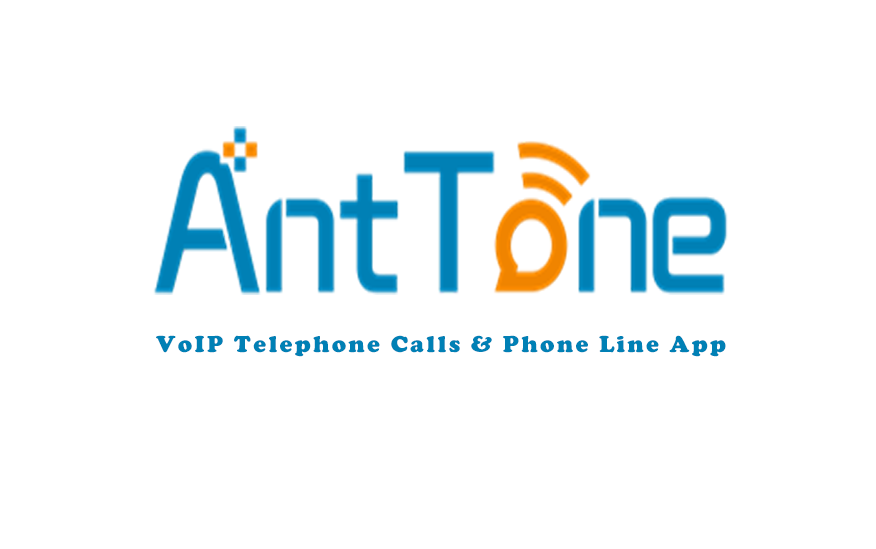A voip phone system for small business is a software or hardware device that enables telecommunication over the Internet. A virtual phone system may be an alternative to or as a complement to traditional telephony, in which case it provides access without the need for a physical telephone line. These systems can also be called Voice over IP providers, voice-over-the-Internet providers, voice service providers, voice service networks, VoIP (voice over Internet protocol), etc., depending on what terminology is used in specific geographic areas.
Most business voip systems require a broadband connection to the Internet and a computer, although some providers use a standard or ISDN telephone adapter. In addition, some systems operate from wireless connections or mobile phones. Many of these services even allow the use of multiple extensions and lines, including some advanced features such as call forwarding and fax forwarding. For more details about the significant aspects provided by the Virtual phone system, you can stay focused.
A Virtual Phone System Provides –
- Caller ID is often used, with the IP address of the device calls appearing on the telephone where callers dial in to reach that extension. Some providers also offer to forward to email addresses or cellphone numbers. Virtual phone systems use software or hardware to make and receive calls. Hardware is the most expensive option but is simpler to install and has better sound quality than software.
- The first virtual phone systems were offered in the early 1990s through proprietary protocols (such as Vocal Tec’s Internet Phone, Cisco’s Call Manager Express). The voip phone system for small business was costly to set up and required more complex infrastructure than other VoIP systems available today. Although they are not necessarily less expensive than similar systems today, they were when they first came out.
- In the late 1990s and early 2000s, software-based systems introduced IP-based virtual phone systems to the market (such as Vocal Tec’s Internet Phone). These used a broadband connection to make calls over the Internet. These are easier to set up and more flexible than older telephone-centric (hardware) systems but have historically offered lower sound quality and have required more bandwidth for comfortable call quality.
- In the mid-2000s, several vendors introduced VoIP phone services to the market, making them easier to use with their high-tech phone systems. These high-tech systems are usually hosted on a server and do not require PC hardware or installation. These include Avaya, Cisco, NEC, Nortel, Siemens and Polycom. The technology was originally developed for mobile phones but has since been adapted for use with desk phone systems.
- Some of these systems come with the ability to send text messages and voice messages to phones, along with conference calling and call conferencing. Some of these also provide call transfers as an alternative to direct inbound calls; this is most often offered as a free feature. Finally, the majority of these systems also support voicemail.
Conclusion
Once you read all the info, you will get to know about the major elements provided by the voip business phone system to experience better outcomes. Try to grab more and more details to use this system well. If you ignore the given details, then it will lead you to suffer massive troubles.

